Climate Change Impacts
Columbia River Basin
|
NEW ESRI StoryMaps: What's On Our Shelves & NWNL Song Library & No Water No Life ESRI |
Columbia River Basin
Gary Braasch
Conservation Photographer, Author of Earth Under Fire
Alison M. Jones
NWNL Director and Photographer
Conservation Photography
Global Warming of our Headwaters
North America’s Melting Glaciers
On Dams
Climate Change Hits Forests, Species & Rivers
Predicting & Assessing Climate Change
Understanding Climate Change Reactions
Climate Change Answers
“There’s no Clean Coal”
Oil versus Coal
Oil & Chemicals in Estuaries & Dead Zones
Sea Level Rise: Outer Banks & Tuvalu
Effective Attitudes & Actions
All images © Alison M. Jones. All rights reserved.
Gary Braasch: www.braaschphotography.com
• Author of Earth Under Fire
• Founding Fellow of iLCP (International League of Conservation Photographers)
• Co-Founder of NANPA (North American Nature Photography Association)
• Member of SEJ (Society of Enviromental Journalists)
NOTE All Things Considered host Kate Davidson spoke with Alison Jones about Gary Braasch’s legacy on Oregon Public Broadcasting in early March, 2016: Witness To Climate Change: Remembering Photographer Gary Braasch.
NWNL Gary, it’s great to have this chance to talk with you about the importance of combining the power of photography and science – a big part of the mission of NWNL partly due to your influence.
Many have wondered how you could visually document global warming and climate change. So please describe your personal mission to do so before we discuss how you’ve used your photography to help raise public awareness of these critical issues.
GARY BRAASCH As an environmental and conservation photographer for more than 30 years, I’ve been focusing a lot on climate change for the last 11 years – going on 12. Global warming is certainly one of the most worldwide issues that we are facing. It affects everything that we do and certainly affects all conservation issues, as well as all protected lands and lands we would like to see protected.
NWNL How did you originally get involved with photography?
GARY BRAASCH I’m a journalist by training. I started out as a writer. After some work for network news and radio news, I had a short stint in the military at the end of the Vietnam era. After that my purpose changed. Reading authors like Barry Lopez and following connections in the Whole Earth Catalogue, I started to work as a nature writer. Then photography just sort of took over my world. I didn’t know anything about photography, but picked up a camera as a way to add to my writing. Photography was personally much more exciting to me, and editors backed that up by paying more attention to my photos than to my words. I began to get assignments and work as a photographer.
It wasn’t long before I saw the news in nature with events like the eruption of Mount St. Helens in 1980 and the wanton destruction of the forests of the Northwest. At the same time, scientists were learning how precious these forests were and saw their link to drinking water in Portland and other communities. These issues dragged me back into the news business and I became an environmental photojournalist from that point on. So the connections betweens photos, words and issues have been central to my work almost from the beginning.
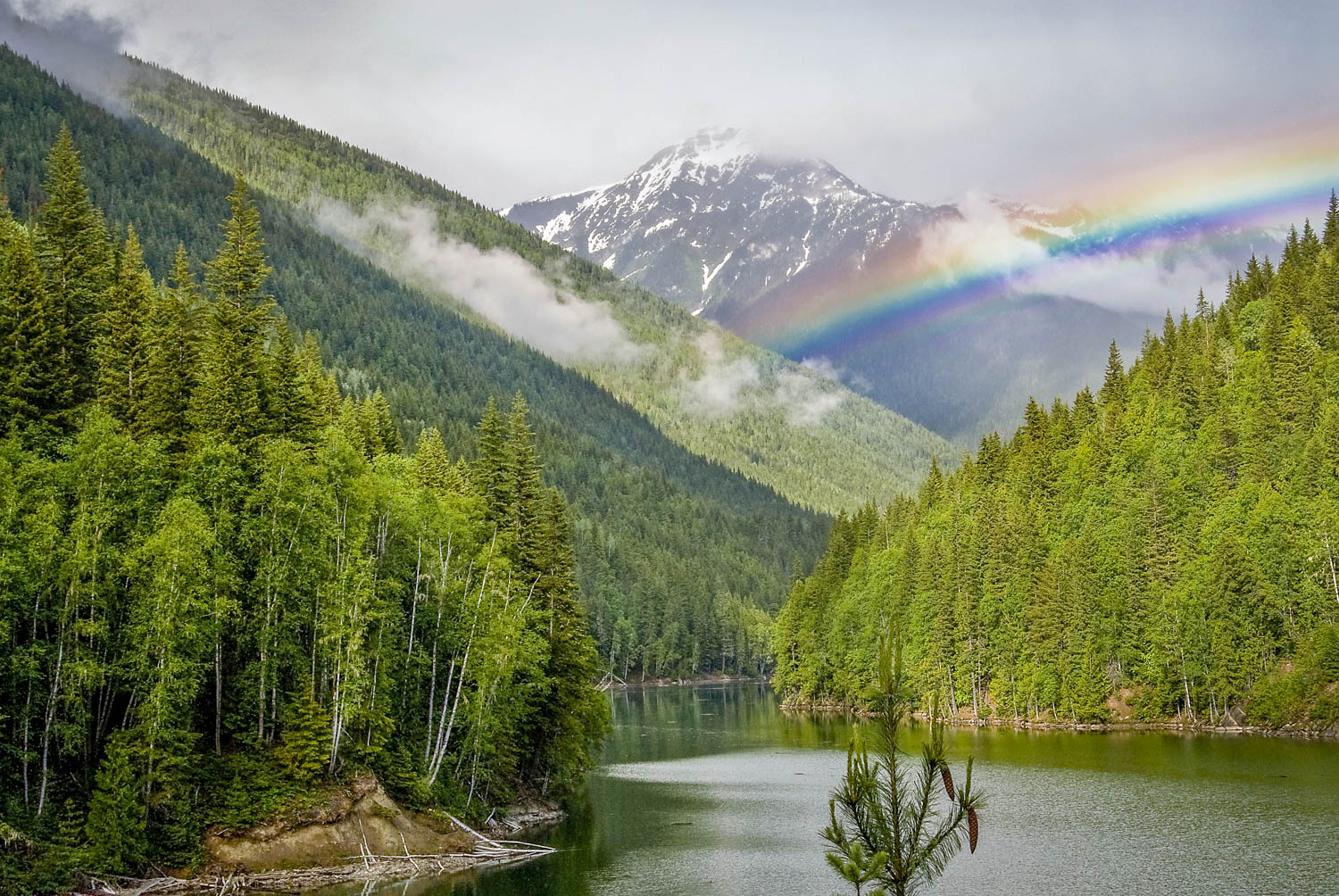
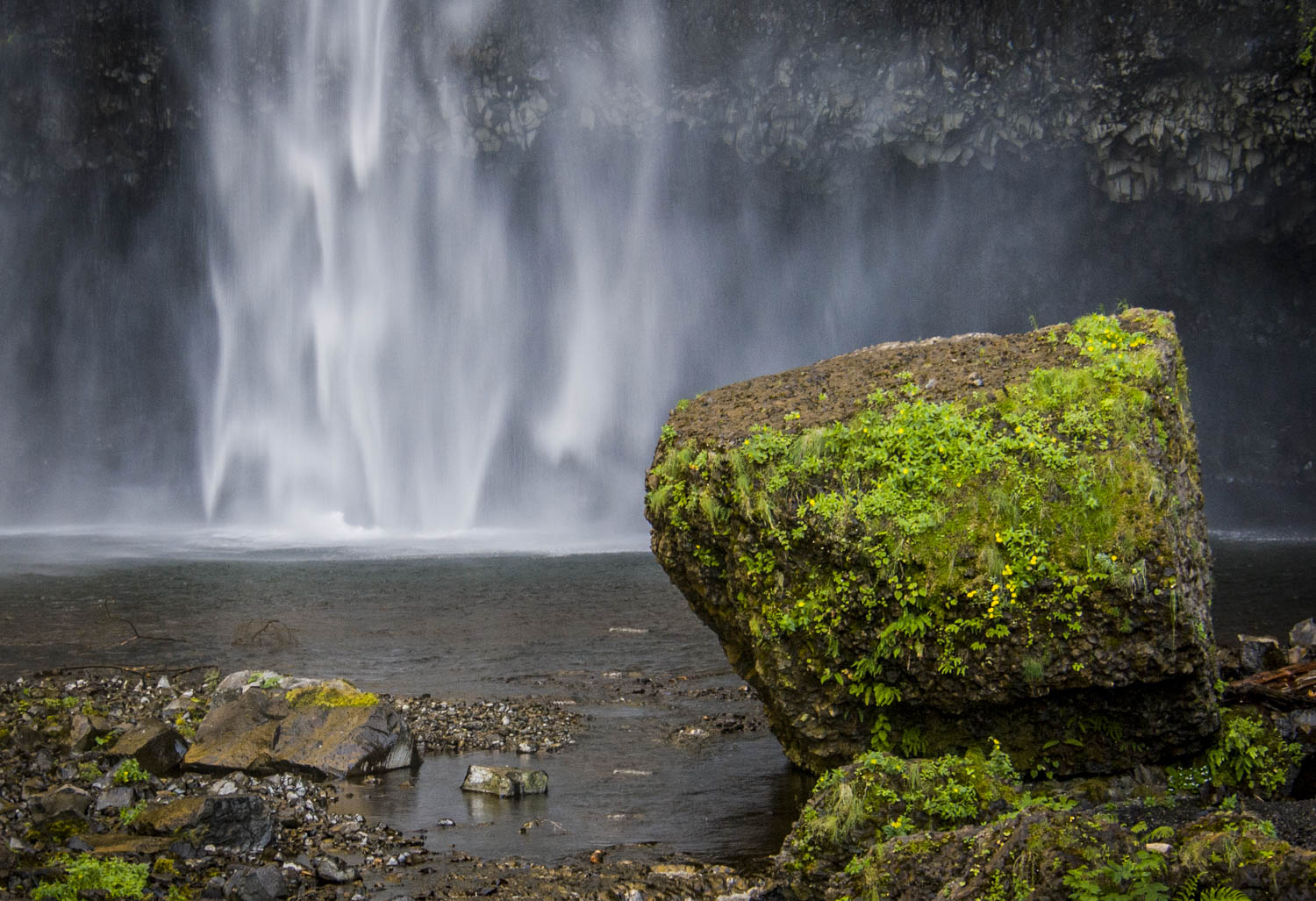
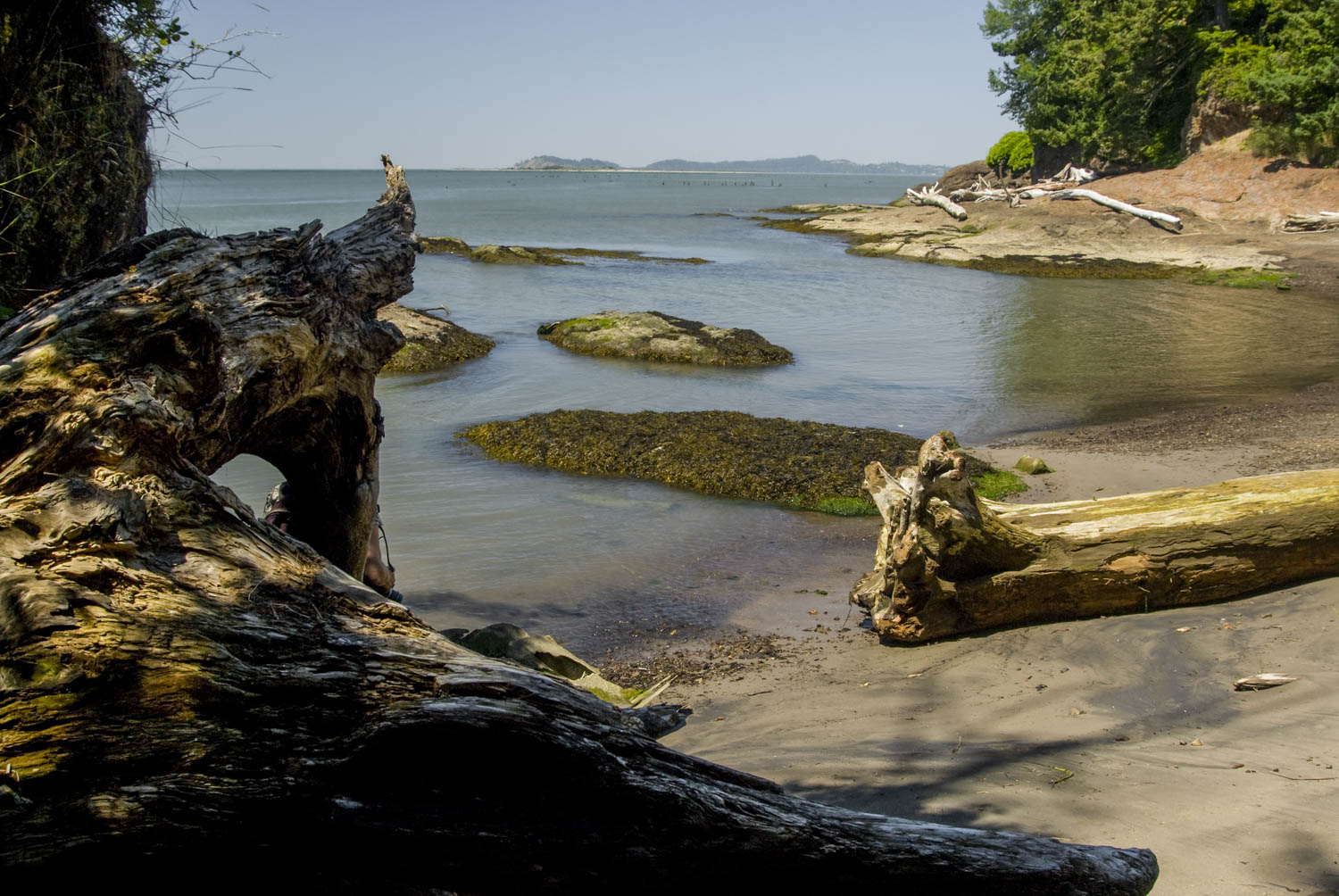
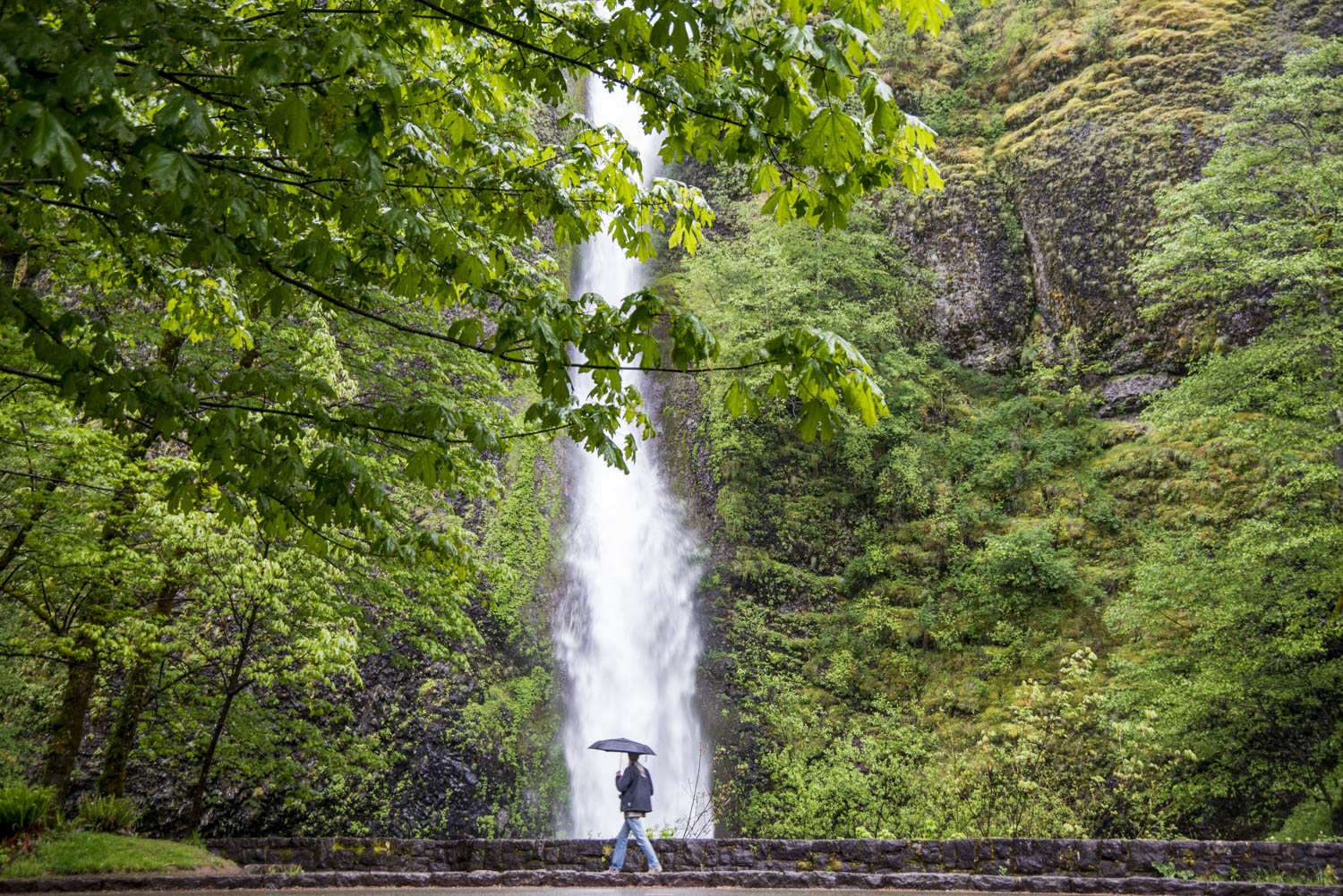
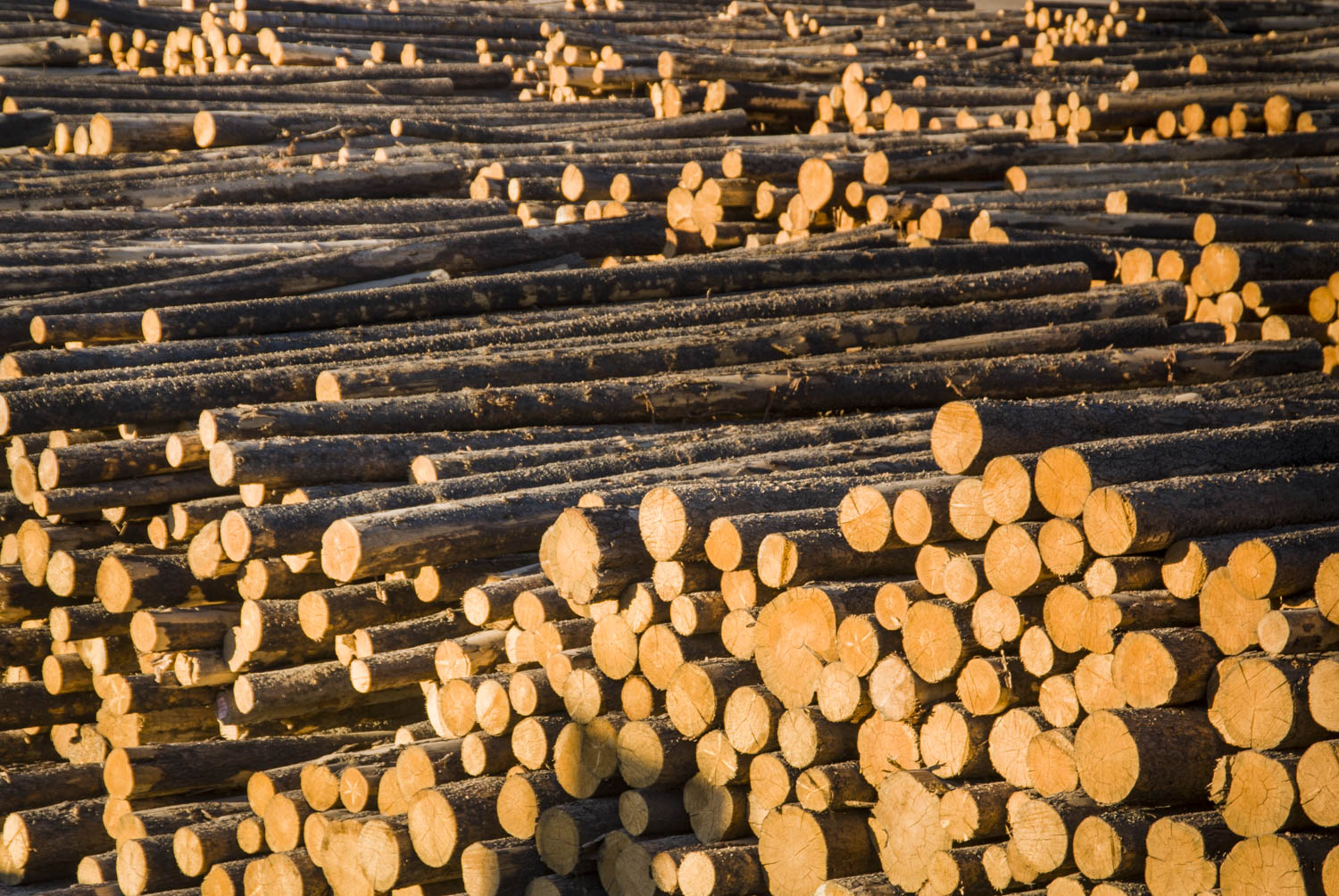
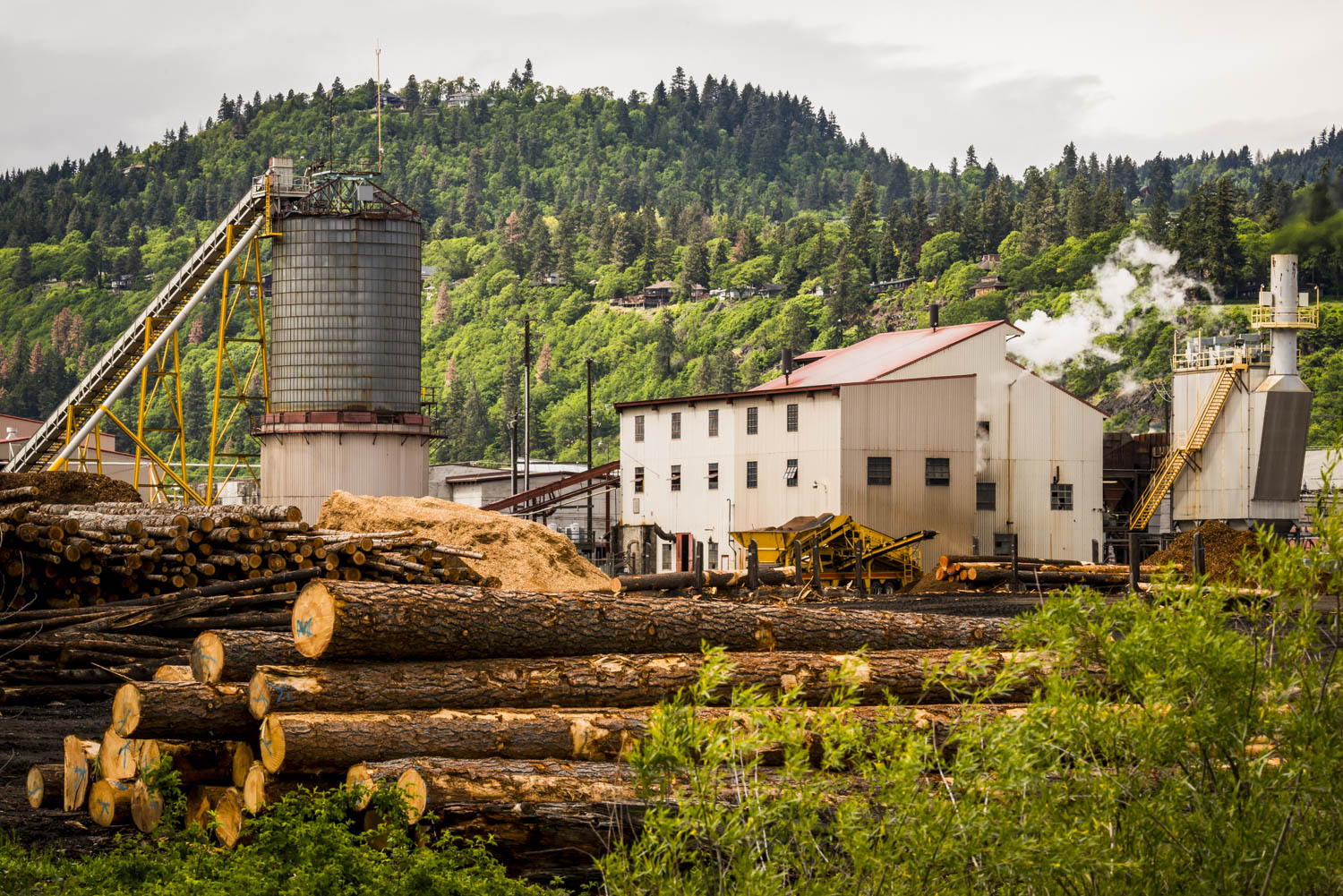
GARY BRAASCH (cont’d) Some pictures stand on their own as beautiful shots, meaningful shots, or strong images with contrast, color or a personal connection. But some photos reveal a connection between images, shapes and forms and their meaning in the world or within an ecosystem. A caption can strengthen that connection for viewers who might not know otherwise.
The image draws people in, excites them, shocks them, or is so beautiful that they just have to look at it. Then, when captions suggest this may be the last time to see a certain scene because it’s being destroyed, that extra information usually compels people to be concerned, to learn more and to take action.
NWNL How do you use visual information to describe seemingly ephemeral climate change effects on our freshwater resources, water quality and water availability?
GARY BRAASCH While my connection with rivers is throughout their flow, I think the most powerful work I’ve done that connects rivers and climate change is my imagery from the headwaters of the rivers. A 2005 image I made and compared to a 1917 survey photograph of the Athabasca Glacier is one of my most used and understood pictures of climate change in this century. I also have an 1870’s postcard showing a Rhone Glacier trail with people and mules walking up a huge lobe of the glacier. In my picture of that scene, there’s a highway with modern cars and the glacier’s totally gone. This kind of change is visible in almost every glacier in the world.
NWNL Are there other global warming impacts on our mountain headwater ecosystems?
GARY BRAASCH My strongest image from the Alps headwaters of the Rhone and Rhine River systems shows Innsbruck scientists measuring alpine plants at 3,000 meters elevation [9,842.5 feet] in front of an array of small glaciers that are cracked, gray-and-brown and clearly melting. Measuring changes in alpine plants for the GLORIA Project, these Austrian scientists saw a 2° Centigrade (3.6° F) increase in summer temperatures over ten years. The growing zone for many alpine plants is shifting up the mountains.
Many alpine plants have moved their center of growth – their strongest number of plants per meter – upward for coolness, snow, and cool water from melting ice and snow above. They move north since there’s less snow and it stays fewer months in the year. The GLORIA Project’s hypothesis is that as plants move upward, there’s less area for them to grow. Mountains are triangular and so near the top, you get more rock and ice, and a lot less soil. It is predicted there’ll be a huge die-off of alpine plants that stay within their original ecological zones as they becomes smaller and smaller and smaller. Each of those plants that grip that soil is part of an ecosystem that receives and filters water that flows down in rivers used by Austria and other Alpine countries.
NWNL Do you see similar global warming in alpine regions of the United States?
GARY BRAASCH My personal connection is with Oregon’s Mount Hood, a dormant volcano with about 11 glaciers that have been measured quite accurately from about 1911. Since then, these glaciers have lost more than 35% of their ice area. In my own pictures of Mount Hood from 1984 to 2006/2007, you can see that the glaciers are visibly smaller and no longer extend as far down the mountain. So global warming isn’t just something that happens over a century. It’s now happening within a few decades!
NWNL How will the melting of these Mt. Hood glaciers affect the Columbia River below?
GARY BRAASCH The melt-water from Mt. Hood flows into the Willamette River that eventually reaches the Columbia River. The Columbia creates cold-water habitat for the salmon. It supplies drinking water for many communities, including Portland (pop. 2.3 million). It is a huge recreational resource. On the east side, especially where there are more arid conditions, water from the Columbia is required for successful agriculture.
The water draining from Mt. Hood won’t go away entirely as the glaciers melt; but we’re learning that the season of heaviest water flows will happen earlier in the spring and that the summers will probably be longer and drier. As this continues, there may be significant water shortages in smaller streams and certain watersheds toward the end of summer. Winter predictions are that average snowfalls will be less intense and higher on the mountain – and thus glaciers will continue to recede.
NWNL What is the importance – or in scientific terms, the values and services – of glaciers?
GARY BRAASCH Glaciers are beautiful and thus constitute the way we see the mountains; but their most important effect is that they keep the water flowing. Glaciers are reservoirs of water through all of the dry seasons and periods of drought. Water continues to flow as long as the glaciers are there.
NWNL How are glaciers created?
GARY BRAASCH Glaciers are a reservoir of water built up after many, many centuries of more snow falling than snow melting. That’s the way it works. Snow falls and in the summer it melts – but there was always a little extra left every year to build another layer.
NWNL Is today’s climate change affecting the natural pattern of glaciers growing, stabilizing and receding?
GARY BRAASCH The more CO2 there is, the higher the temperature in the atmosphere. That is as much a scientific fact as is gravity. It is not in dispute – you can see it working back more than 800,000 years in air that’s trapped in Antarctica glaciers.
In Greenland, glaciers go back several hundred thousand years. That ice cap reveals the strong melting effect of CO2 as the Northern Hemisphere Ice Ages came and went. They started as a subtle change in the orbit of the earth made the Northern Hemisphere a little cooler and that produced more snow. When the orbit of the earth shifted back, the Northern Hemisphere became a little warmer and started to melt things out, eventually creating a lot more CO2, which accelerated the process. So the last great Ice Age began to wane and ended about 18,000 years ago.
Those former changes can be traced to changes in CO2, methane and dust in the air from volcanoes. Since then, the climate has been relatively stable. Indeed, there have been some temperature ups and downs, but nothing of the scale or speed we are seeing now.
Today, as scientists look at the speed and amount of increase of CO2 in the atmosphere and the changing temperatures CO2 seems to be creating, they see no visible period in time when we had a similar amount of change in such a short time.
CO2 in the air creates a living planet warm enough for us and all the other creatures that we depend on to be here. Natural CO2 changes have always affected our planet, but now those natural effects are accelerating greatly because of the extra CO2 being emitted by humans. Burning fossil fuels and abuse of the land from farming and laying bare the soil causes the release of much more methane and CO2.
NWNL Thank you for that very clear explanation of the difference between historic natural temperature changes and what’s happening today.
You mentioned shifts in the earth’s orbit. I’ve heard that the earth’s orbit has tilted somewhat because of the weight of our many dammed reservoirs. Have you heard that?
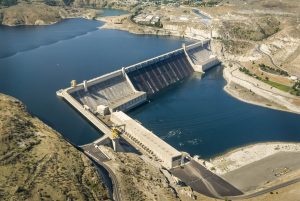
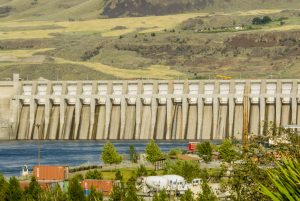
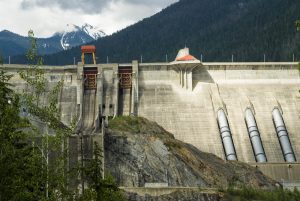
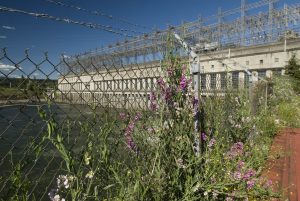
GARY BRAASCH I’ve heard that, but I don’t know much about it. Clearly dams are a huge feature now – especially in the Northern Hemisphere. Dams harbor water and create power for us. They also can create a late-season water supply, much like glaciers.
But some scientists believe that we have overbuilt dams and that giant dams especially are ultimately negative in their effects. Dams are causing trouble with ecosystems, water supplies, and holding back silt for estuaries. I think it’s clear from studies of ecology and water quality that dams and reservoirs have a huge and negative effect in many ways.
NWNL Do you connect climate change to the growing destruction of forests by invasive species like the pine beetles in the Canadian Rockies and the aspen beetles in the lower U.S. Rockies? I hear they are increasing in these forests because winter temperatures are warmer.
GARY BRAASCH Correct.
NWNL What will be the effect of such deforestation by beetles?
GARY BRAASCH Climate change is affecting forest ecosystems and upper watersheds of many rivers, especially in the American West and Canada. We notice the summers getting so hot – with droughts in Texas and urban heat waves – deadly, especially for older people. But it’s also true that winter temperatures are higher now, and this is even more extensive across the U.S. than higher summer temperatures.
One of the major effects of climate change that is less recognized, at least by the public, is that the winters are getting much warmer than the summers are. In mountain ecosystems a long winter freeze kills many insect larvae as a check on overpopulations of insects. But that’s not happening as often. One family of insects that has taken off is bark beetles that live in conifers. They’re a natural part of the ecosystem. When you walk through a healthy forest, you always see a few dead trees, possibly killed by fungus or beetles. That’s natural.
But when winter doesn’t kill beetle larvae and adults can overwinter, there are a lot more eggs and larvae – with sometimes more than one generation a year. Thus there have been huge kill-offs – especially of pine trees – by bark beetles across hundreds and hundreds of square miles of the Rockies, the Cascades, and in Canada and Alaska. This explosion of beetles has caused great deforestation of logging areas and otherwise-protected National Parks forests.
There was a huge loss of Colorado Front-Range forests in Rocky Mountain Park just a year ago. Beautiful places where people enjoy the vistas and like to picnic have turned brown. When the needles die, infected pines first turn red for about one season. Then needles start falling off, creating grayish-brown expanses of forests that used to be bright green all year. After the trees die, these ghost forests are devastated by forest fires.
GARY BRAASCH Woodpeckers and so forth come back, but gone are trees that held soil and fresh water accumulated from rain and snow. This damage to our watersheds is yet to be measured, but surely there’s going to be much more siltation, much more erosion and an increased amount of woody debris in headwater streams. That will definitely change the ecology and could mean problems for native fish. It could mean change in wildlife and in water quality. Such effects are just beginning to play out because it’s only been about the last 5 to 10 years that these areas have begun to die off due to the mountain and pine beetles.
NWNL What is your response to those who say, “The new growth that’s coming back is strong and immune to the pine beetle, so the forests are all going to be okay?”
GARY BRAASCH I haven’t heard that any tree is immune to the pine beetle. I would ask whether or not this big flush of beetles is going to have a bell curve where it crashes and then has a long tail. There have been so many beetles that have eaten themselves out of habitat, essentially de-foresting their own food source. That may be what such comments mean. Forests are affected by heavy windstorms and its very likely there’ll be stronger storms and other effects – certainly in the Northwest coast here where I live in Oregon.
I think all forests are under risk now because of temperatures going up, changes in water supply, and changes in the intensity of storms.
NWNL Beyond the beetles, are there are other climate-change threats to our forests?
GARY BRAASCH There’s a native fungus that attacks Douglas fir trees in the Northwest called Swiss Needle Caste. It’s been known for a long time, but wetter winters and a change in the timing of snowfall and snow melt in northwest Oregon’s state forests has caused an explosion of Swiss Needle Caste. Mostly it has killed Douglas firs that were commercial tree plantations put in after the original forest was logged. So, in this case, it’s not a native forest really although Douglas fir is a native tree. So, we’re not just talking about loss of scenery and the cause is not just beetles.
NWNL How far will the effects of climate change extend?
GARY BRAASCH Everything is affected – from the length of a needle; to how many needles are needed for the tree to get enough sunlight; to temperatures when the delicate new leaves of deciduous trees appear, to how many insects will be eating the leaves, to whether there will be storms that cause erosion and landslides that cause the trees to fall and die.
It’s not easy to predict what the changes will be because climate change affects the basic cues that any organism uses to live by, such as when the seasons happen; how warm and cold it gets; and how much water there is. When you change those basic factors, everything’s affected. So, climate change becomes an “accentuator” – a synergistic problem that affects water supply, temperature, what grows where, the length of the growing season, all the chemistries and animals, large and small.
Paleo-climate scientists who examine tree rings, ice cores and sediment records get some idea of what was going on during extreme droughts or flooding in the past, and possibly even what the climate was like back then. Most paleo-climate scientists are quite concerned that:
– We’ll lose miles and miles and miles of forest,
– Shrinking glaciers will not create enough water, even though they may not be gone,
– A disjoint could occur between migrating birds and insects they eat at their nesting areas.
It’s really hard to grasp what that means for us, because we are so dependent on the workings of ecosystem that evolved with us over tens of thousands of years of relatively even temperature and relatively minor changes. Things now are happening much faster and we don’t really know what those effects are going to be. That’s why looking into the past is really important.
NWNL In his Dot Earth blog today, Andy Revkin discussed political mistakes made in dealing with climate change. He claims climate change should have been presented first as a “we-don’t-know” scenario. He asks whether a more candid approach about climate change unknowns might have engendered more trust.
Do you think there would be less climate-change denial or divisiveness today if scientists had admitted that climate change is unwelcome news, its science is incomplete and like every solution, there would be some risk in approaching this issue?
GARY BRAASCH My response is the whole controversy stems mostly from the political and corporate business part of our society that controls the very energy source that created all our wealth, built-environment and products. The energy locked up in coal and oil is incredible. It’s immense. For thousands of years, we used our own muscle and the muscles of the animals we trained. Now we have tens of thousands of horsepower available with which we have created incredible things.
GARY BRAASCH The whole invention of the city is a creature of our burgeoning ability to control and use more and more energy. Energy is an incredible gift from the planet – and God, if you wish. But our use of the natural resources to create all this energy is historically very new – maybe only 200 years use of coal and 100 years use of petroleum.
Humans are incredible. We’re smart. We’re maybe even rapacious in our need to know more and do more with what we have in our hands. So, we have created all this stuff out of these energy sources. But now we know – much more than we ever did before – how much we have added to the atmosphere in that process. We’ve now realized without a doubt the problematic role of CO2, which we used to think was a mostly-benign output of combustion.
NWNL And what are the problems created by the atmospheric presence of CO2?
GARY BRAASCH We see with growing scientific certainty that we are not only warming the atmosphere, but we are changing every ecosystem on the planet. The very oceans are changing. We thought our oceans always would be an immense resource, out of reach, and full of fish. But now they’re warmer and more acidic. That’s directly contributable to the CO2 and methane we’re putting into the atmosphere.
NWNL Can you trace the divisive reactions and denials regarding the impacts of increased CO2 emissions?
GARY BRAASCH This new awareness that CO2 is not a good thing created a great threat to our reliance on our current energy sources. Most of us don’t think about it in those terms – but the industrial people do. And so do people who annually budget how much coal and oil they’ll need to make their products; how much fuel oil has to flow to Chicago to get through a cold winter; and how much gasoline a car is going to use. All the people who supply these products from the oil, gas and coal industries immediately saw the threat of that science. They knew what was going on and what it meant.
If they had bet on solar and wind, we’d be a lot farther along now. But their more natural human, business and political reaction was to go on the defense and say, “No, it’s not a problem. There must be something wrong. You misunderstand. It’s just the CO2 that we breathe in and out every day. It can’t be harmful. The scientists must be in collusion.”
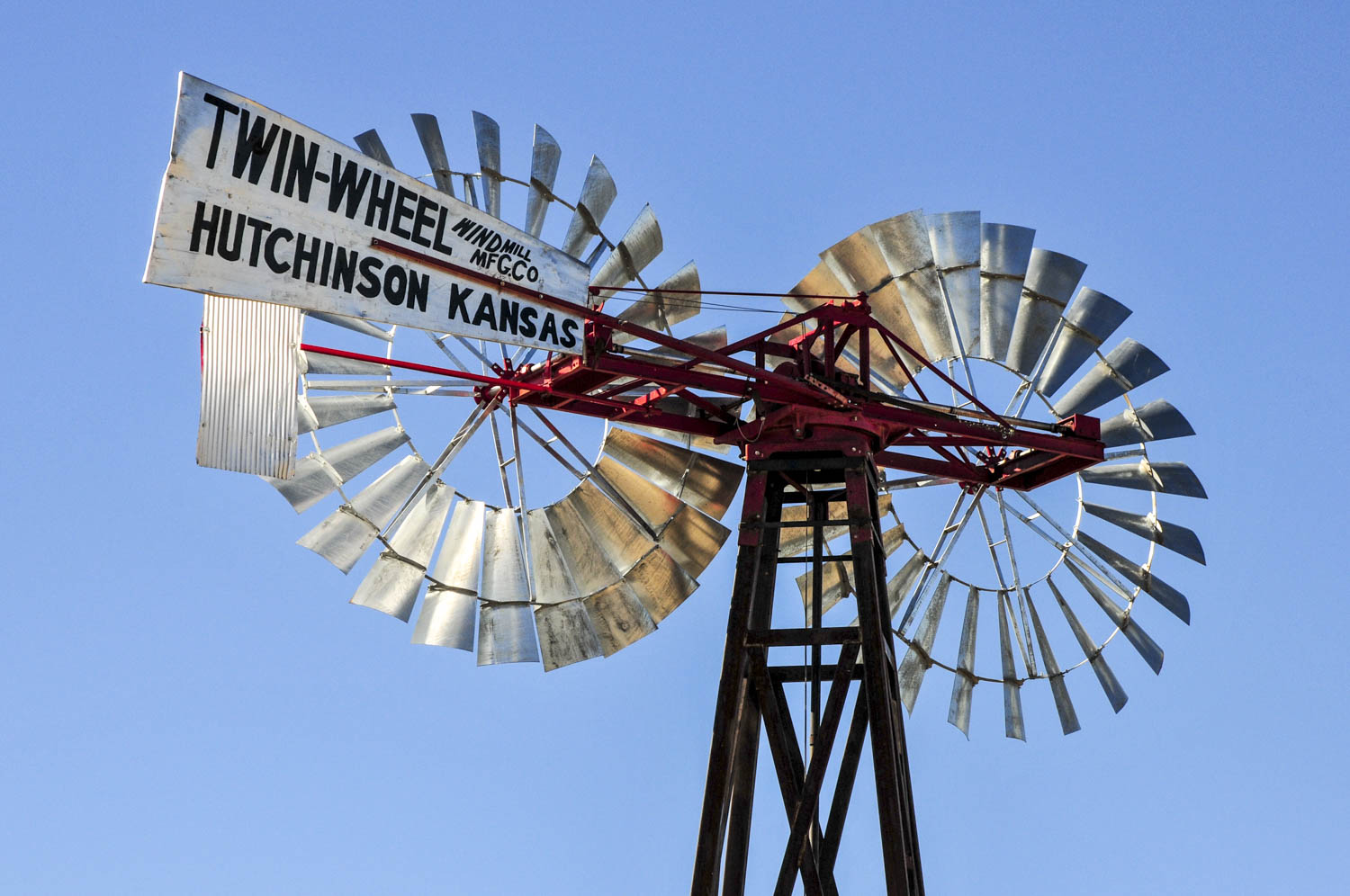
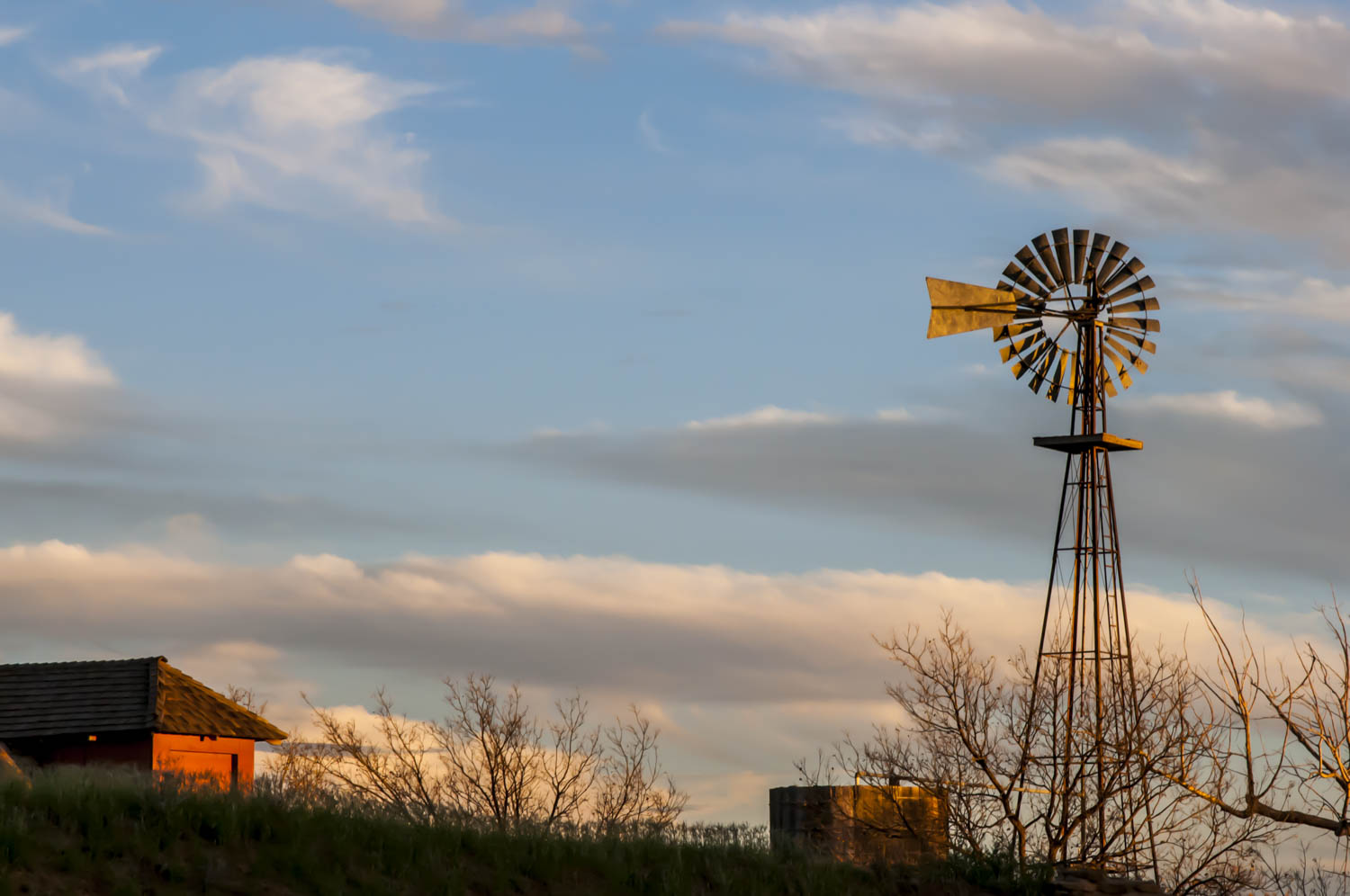
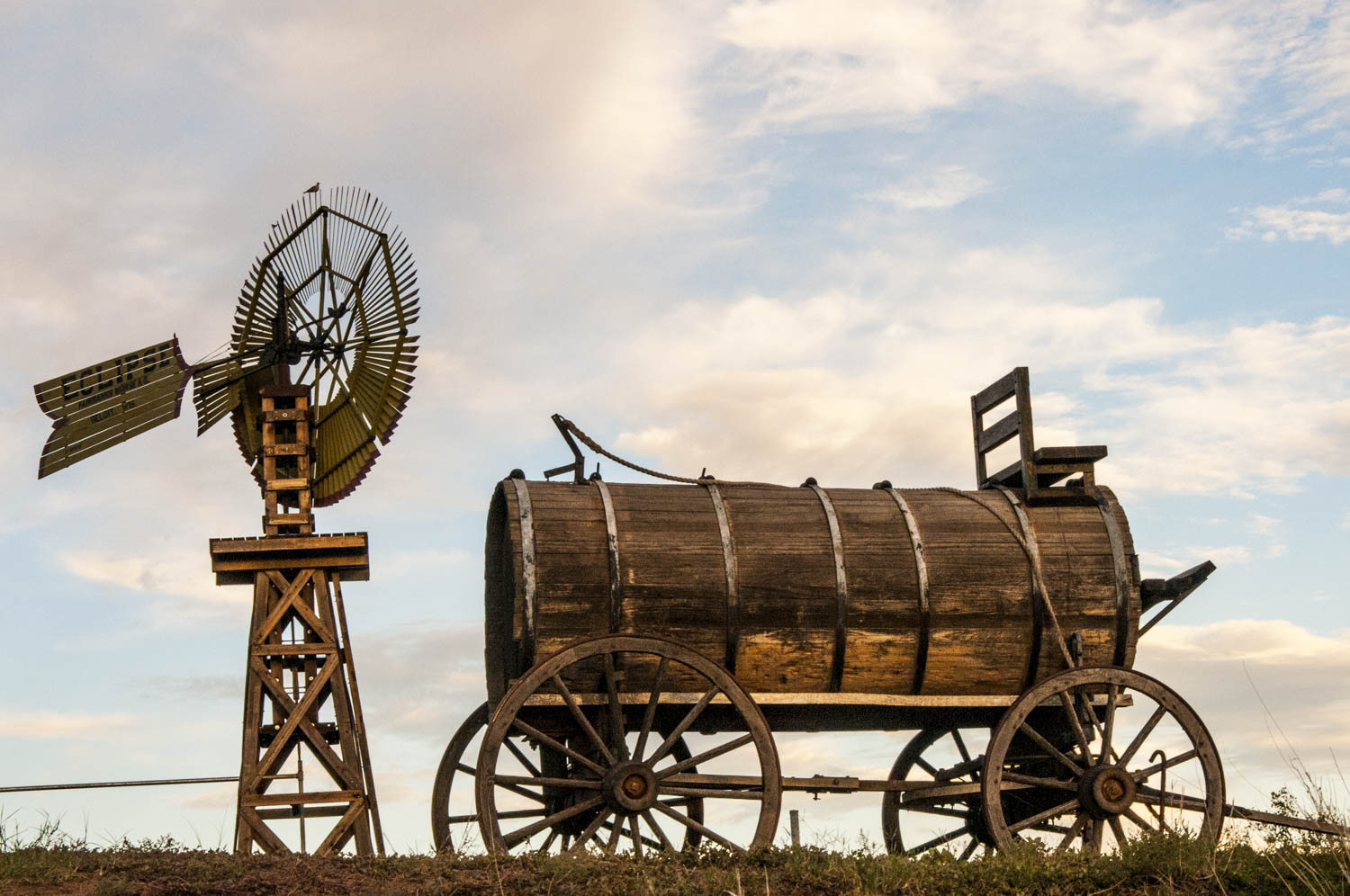
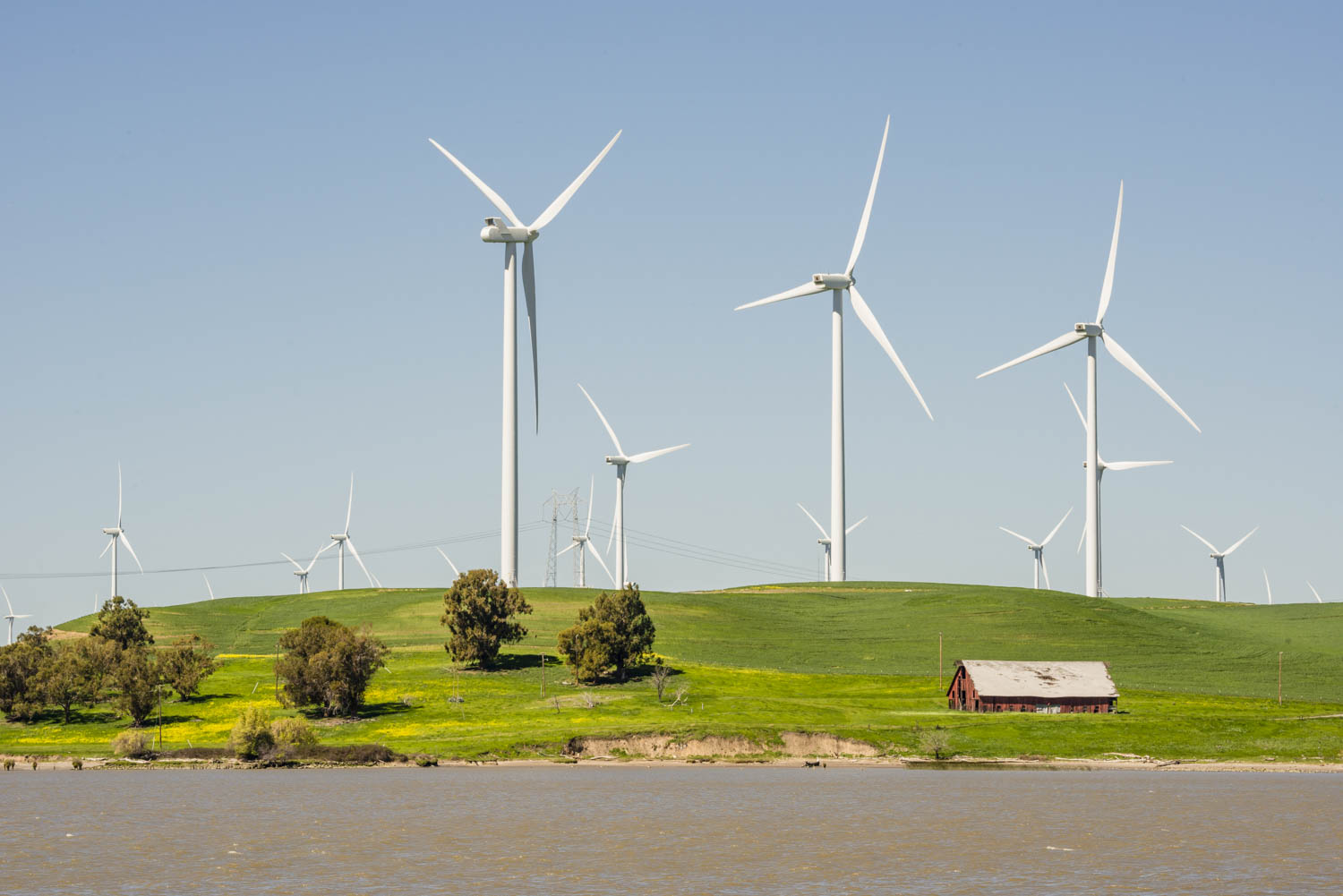
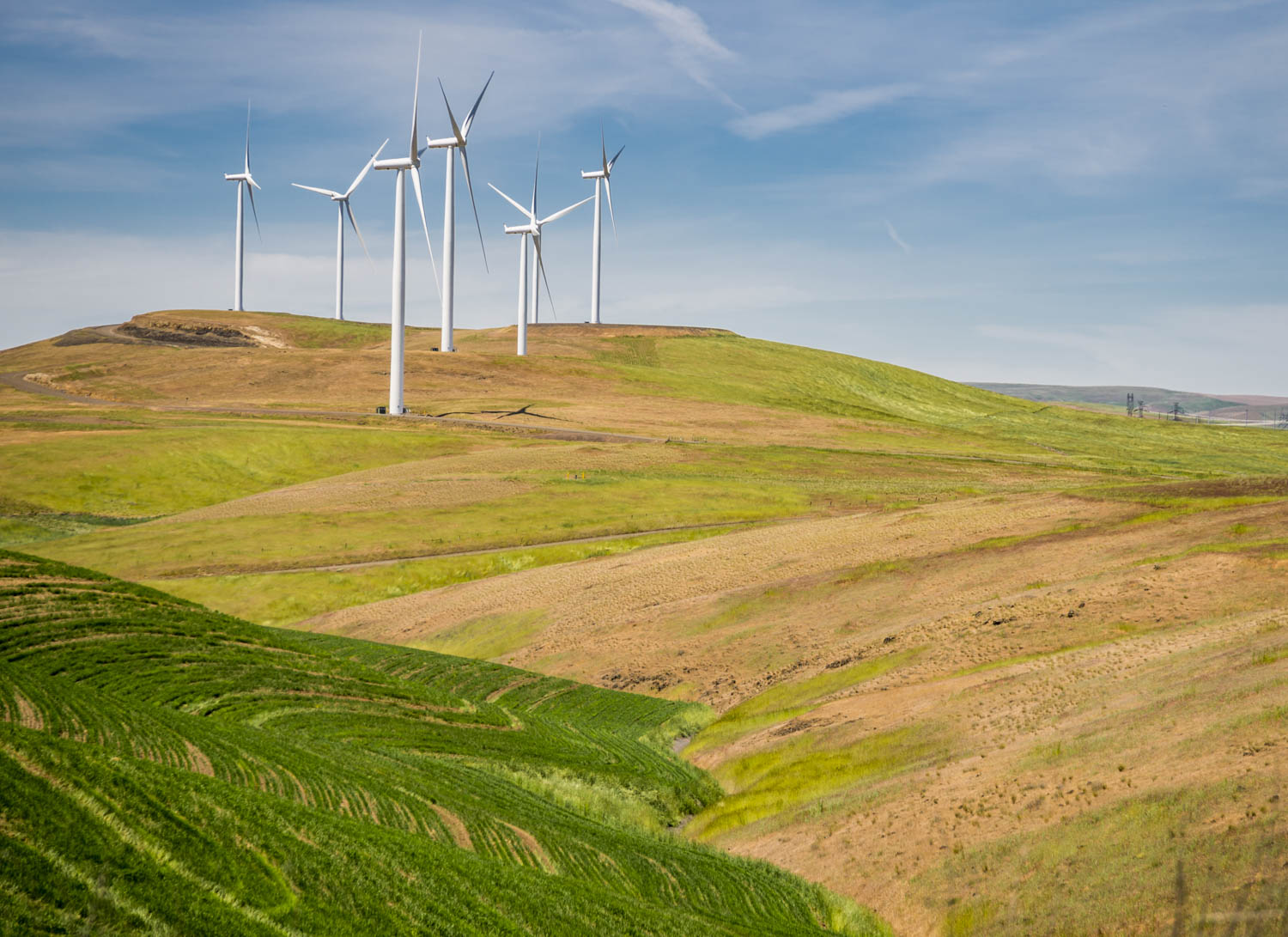
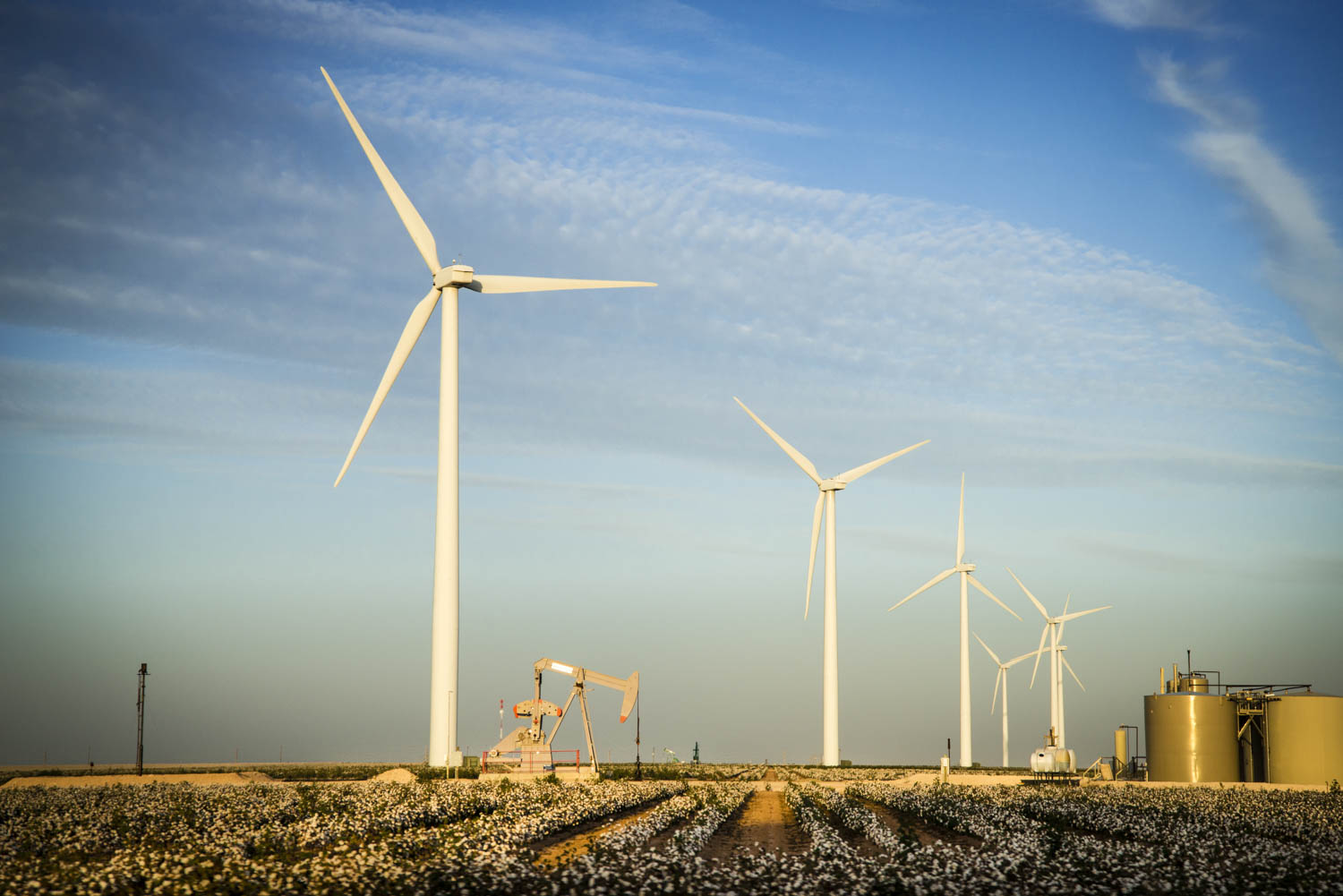
Windmills and Wind Turbines
NWNL Gary, that explains why marketers of oil, gas and coal have denied CO2 impacts; but what about similar reactions from consumers and the general population?
GARY BRAASCH Right. While all arguments from the denier side of climate change are perfectly understandable to me, what’s not understandable is why reasonable discussion and scientific information hasn’t had the same impact. I don’t really know the answer, but maybe it’s because in general none of us really want to have to change.
We like hearing that everything is okay and that we’re not doing anything wrong. I think if there was a mistake made in getting out information on climate change, it was about whose fault it was. I mean, it sounded like getting up every day and turning on a light bulb was the worse thing you could ever do.
It seemed to be our personal fault. It seemed that you and I personally were creating a problem. But in fact, we had no personal choice really for a long time, because the whole system is built on this energy source. Until the system begins to change, no one person can really rely on their own efforts to make the changes we need. Thus, I was a community advocate for a long time.
NWNL So, what is your perspective on how community-based efforts can create meaningful or successful changes in our global CO2 awareness and usage?
GARY BRAASCH It has to be a community effort. But we’ve never had a community-based, climate change leader, except maybe Jimmy Carter, who didn’t come across very well. He did bring climate change into the community with a sort of fireside chat about putting a sweater on during the oil crisis of the 1970’s. We then had inklings of what it meant to have no oil, which was scary because we couldn’t see or really understand it. The reasoning was tied up in scientific language about the CO2 in oil. We realized having no oil was an issue, but we couldn’t see the problem. Nor did we look on CO2 problems as a community problem that we all needed to solve.
The idea of gaining energy was always for a community benefit: the more energy we had, the better off we would be. For instance, all-electric homes, powerful cars, and all that kind of stuff would benefit us all. Things would be better and more people would live healthier lives. So we ignored the health affects of petroleum and coal – especially coal. I now understand why we didn’t do anything. While the health effects of these fuels are horrendous, there’s been little acknowledgement of how many people are killed directly and indirectly by the mining, burning and disposal of coal waste. We haven’t acknowledged how many people are poisoned or how much air pollution been caused by overuse of the vehicles.
NWNL Has there been any positive change or correction?
GARY BRAASCH Yes, such as when we saw the lead in gasoline. Lead was added to make cars more powerful. But it wasn’t necessary, so that change was something that we did get behind. When we got rid of leaded gas, we saved millions of lives.
NWNL What changes should communities pursue now?
GARY BRAASCH Somehow we have to find a way to switch our concern from the individual items we know are bad like lead, mercury and sulfur. People fought and attacked those outputs with laws and regulations, and that has saved lives and money. Now we must move into a larger realm and take on ALL of our power supplies so we create less CO2. We must look on this as a worldwide – or at least nationwide – problem we can all get behind. We must use all our resources to do that with the same quality of energy and concentration we would use if we were attacked in wartime. We know how to do that. We did that. We’ve had that experience.
NWNL Specifically, how does residue from mining and refining this energy affect both human and environmental health – and how have we addressed it thus far?
GARY BRAASCH The part of our fuel-supply system we must take on is the pollution from mining and burning it. To understand the depth of the problem, you have to start back in London when coal was actually outlawed for a while because it was so poisonous and full of soot that people were dying. But of course, coal was so powerful that it came back as a fuel.
In the 20th century, we’ve learned that the poisons in coal – mercury, sulfuric acid, nitrates and soot emitted from burning – end up in both our air and our water supplies. Mercury is especially bad because it creates birth defects/ It is still escaping from the smoke stacks of coal-fired power plants. Then it filters back down in the rain and poisons lakes. Coal has been killing forests and poisoning lakes throughout the 1930s, ‘40s and ‘50s, especially in the U.S. Northeast, downstream and downwind of Chicago and Cleveland. New York City water supplies coming from the Catskills were among those severely damaged.
Finally many powerful elements came together to convince Congress that there were real medical and ecological reasons to control sulfur from industrial processes and coal burning. Now the acid from sulfur, which also escapes from coal-fired power plants, is controlled. It’s one of the by-products that Cap and Trade proponents are working on. This could be a very effective policy, but still we haven’t gotten to zero yet – and we may never get to zero until we stop burning coal entirely.
NWNL What effect do environmental laws have, short term and long term?
GARY BRAASCH Short term, whenever we make a change, somebody has to pay for it. Usually we pay for it when we buy a product. Some reframe the issue by saying any kind of regulation kills jobs.
But long-range planning does create long-range impacts. When environmental laws have saved lives, they have created safer products, as well as safer and cheaper ways of creating those same products. In other words, business has gone along with the law. They’ve had to, even if they didn’t want to. They’ve found ways to make a profit, make better products, and save lives. But we still have the same issues.
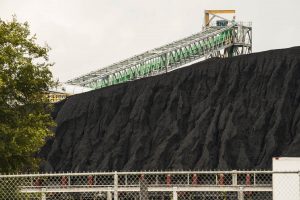
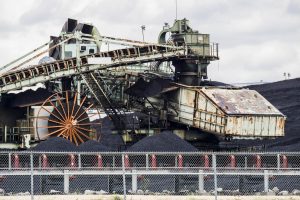
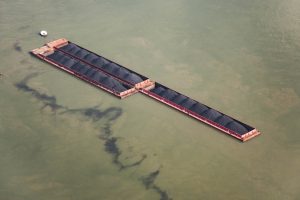

NWNL Can you talk about clean coal? So many people say, “Oh, but there’s clean coal.”
GARY BRAASCH People in the coal industry and the power industry talk about “clean coal.” Well, first of all, it’s just a bumper-sticker in terms of words. There’s no such thing as “clean coal.”
What they meant by “clean coal” when they started using that as an advertising campaign was that they were going to find a way to take the CO2 out of coal and put it into the ground so it didn’t get into the air. That’s all it meant. Burying CO2 is a huge engineering problem that may not be solvable. I think if we can reduce the amount of CO2 from coal in any way, we should try it. I think we should keep looking into sequestering CO2 as a way to put it away and not let it get in the air. That’s important to try.
When they talk about “clean coal,” they’re ignoring the fact that continued mining is destroying Appalachia and parts of the West. In the process of getting this stuff out of the ground in the first place, coal mining is destroying lives and creating air and water pollution. And what do we do with the deadly emissions still coming out of coal that is burned – including mercury, CO2, and incredible pollutions from chemicals like nitrates?
What do we do about the poisonous, cancer-causing and land-destroying ash waste that comes out of coal-burning power plants? It’s deadly. Clean coal advocates are ignoring all of that. From the shovel, to burning coal, to getting rid of the coal ash: coal is dirty all the way through. There’s just no such thing as “clean coal.”
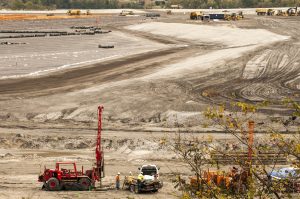
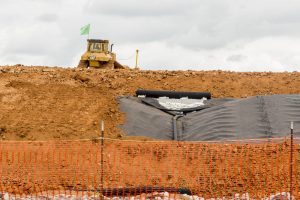
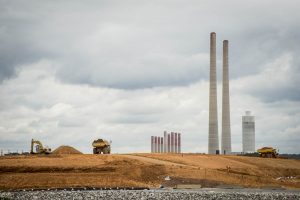

NWNL Is oil a safer fuel for humans and our environment than coal?
GARY BRAASCH There’s a new book out by Daniel Yergin about the world’s oil industry called The Quest. Apparently it’s a fantastic book by all reports. But he says we must keep finding more oil, as it will be with us for the foreseeable future – and maybe even beyond, since there’s not enough wind, solar, other kinds of energy, and maybe even not enough conservation to keep us from burning more and more and more oil. His solution, in opposing coal, is to burn more and more oil in the future.
But I think that means we would take our eyes off of the possibilities of a broader vision of what kind of world we want. If you go along with supporting a future of oil and let that happen, then all the kinds of pollution and CO2 from burning oil will go into the atmosphere. With more people being born–we’re getting close to seven billion people on the planet– the chance of there being fewer energy needs in the long run is remote.
NWNL So do you feel solutions based on reduced consumption offer false hope?
GARY BRAASCH We might be able to keep consumption where it is if we eliminate what people really need, like fans, heaters and computers. But, instead those needs for energy are going to increase. So we must find another way to change away from polluting sources that will increasingly kill the planet. The change needed is about the kind of energy, not the amount we use.
In other words, “reducing energy usage” is nice to hear, but it isn’t what we have to do. And it doesn’t comport with the scientific reality coming from so many thousands and thousands and thousands of studies that tie carbon dioxide and methane to a warmer atmosphere, a dying ocean, a rising sea level and all of the multitude of ecosystem effects and health effects documented in reports I get daily.
NWNL Is it critical to address these CO2 concerns right now? Are they worsening?
GARY BRAASCH We can’t ignore CO2 impacts; we can’t make them go away; and right now we’re going in definitely the wrong direction.
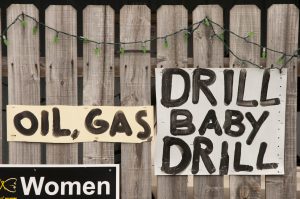
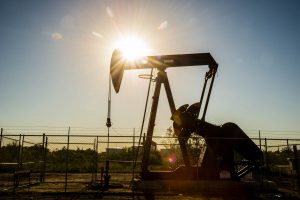
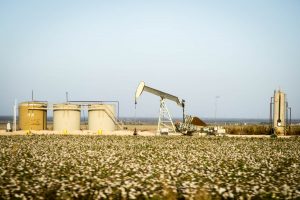
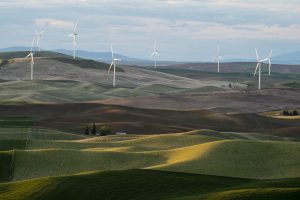
More CO2 was put into the atmosphere around the world last year than ever before. There are two different machines that measure CO2 amounts in the air. I was actually present when CO2 was recorded as having reached 395 parts per million – the highest point ever measured.
Scientists are trying to predict at what level of CO2 in the air are we really in danger – when we will get to a point when glaciers get too small or it gets too dry? That is when things will change. Scientists think we’ll start seeing more of those points when – and if – we get to 400 parts of CO2 per million. Well, we’re almost there…. We might be there this year.
NWNL So as we reach a population of seven billion this year, you believe we’ll also reach other new points this year?
GARY BRAASCH Well, we have a lot more people and that is a huge conundrum. I’m not enough of an historian to say this is the largest conundrum or survival moment that the human race has ever seen. But this is a huge moment of decision.
At this particular passage of time – the end of the 20th century and now into the 21st century – we clearly see what’s going on with the fuels that we’re using. We see the benefits; we see their costs; we see their dangers; and we see what fossil fuels are doing to the atmosphere. We have a decision coming. I say “we,” meaning all of us around the world. But we are still locally governed, as it were, in our communities. And so, each community and each nation is going to have to make these decisions.
NWNL How do we build consensus to act on climate change?
GARY BRAASCH One of the keys to taking action on climate change is getting to the point where we accept science. Then we can work with climate change. There are a huge numbers of ideas we have learned from our scientists and our experiences over time. Generally speaking, we’ve trusted science and seen its benefits. So why, all of a sudden, would we draw a line and say, “Okay, the science that’s about heart disease, cancer, electronics, new cars and plastics – all that science is okay. But the science telling us that CO2 is bad and not okay.” I don’t buy that.
Just as we have to judge science, we have to see that overall it is a self-correcting system that generally tells us the truth about the world we live in.
NWNL Last week while I attended the Elwha and Glines Canyon Dam removal ceremonies, there was news that the contention that climate change is a hoax apparently has driven many to pause. Some have done their own research and come to the conclusion that science is right.
GARY BRAASCH I’ve heard that too. The science is not uniformly clear. But scientists now say the intensity and number of weather disasters we have seen probably wouldn’t have occurred without the added energy and heat in the atmosphere from CO2. We’re all totally dependent on weather; and we’re all threatened by bad weather – no matter how fancy we are, how much money we have or where we live.
Weather changes affect us more than anything else in the natural world. So, the important realization is that we’re creating a much more active, unpredictable climate system and weather system.
Microwave testing lab, Adv. Radar Research Center, National Weather Service, Norman, OK
NWNL NWNL has focused on agricultural chemicals and salt-water intrusion impacts on the estuaries and their nutrient-rich fisheries in the Columbia, Mississippi and Raritan Rivers. You documented the 2010 British Petroleum/Deep Horizon oil spill in the Mississippi Gulf. How do you assess the health of our rivers, estuaries and coastlines in the face of climate change; and how best can we protect these estuaries?
GARY BRAASCH I was in the Mississippi Delta during the BP oil spill – another example of what we risk by overuse of oil. Looking at that estuary, I learned a great deal. One of my first back-of-the-envelope calculations about the oil spill was that roughly 8% of our domestic gasoline use, including imported oil, comes from the Gulf. If Americans drove their cars just a couple of hours less a day, we could do without that oil. The BP oil spill actually represents oil we wouldn’t need if we could adopt an economic and healthful change in how we use our cars. The dangers to the Gulf of Mexico and to the Mississippi Delta are definitely compounded by the oil and gas industry.
Even before the BP oil spill, one great pressure in the Delta has been the extensive oil drilling there with so many canals. Those canals are straight-line shots right through the Bayou. They create channels for erosion as water flows downstream and for incursion of salt water as water flows inland. This has cost the Mississippi River Delta the loss of many, many square miles of important trees, marshlands, protected fisheries for young fish and shrimp, and other habitats that so many people rely on.
Also, all of the water flowing down the Mississippi River carries an enormous load of nitrogen and phosphates that drain off agricultural lands in the Midwest. This fertilizer comes down the river and out of the estuary where it overfeeds the algae and the plankton. They bloom and die, creating a Dead Zone in the Gulf since there is no oxygen left in the bottom of near-shore waters.
NWNL Is this the same phenomenon that occurs in the Pacific Northwest out beyond the Columbia River Estuary?
GARY BRAASCH Yes, the same thing is happening off of Oregon’s coast, but for a different reason. There is the same lack of oxygen from an overabundance of plankton that in dying creates a need for more oxygen to decompose their bodies. But on the near-shore Oregon Coast, this appears to be caused by a change in ocean currents and wind flow that is tied to climate changes to the cold Pacific Basin.
There are more periods when the currents run differently and more periods when the wind blows differently. That changes the flow of water upwelling from the bottom of the ocean. When there’s an increased amount of upwelling at the wrong season, you get an overabundance of plant and blooms that, because of the oxygen they use, eventually creates dead zones and kills crabs. Creatures on the bottom that can’t swim away from dead zones just suffocate.
NWNL How does sea level rise further complicate such threats to estuaries and coastlines?
GARY BRAASCH Estuaries are polluted and physically changed by human over-use and over-building. We’ve already seen incredible erosion along many coastlines in the world. We’ve seen estuaries decrease in size and invasive plants take over. On top of that however, their brackish semi-salt, semi-freshwater habitats that are so nutrient-rich are being pushed farther upstream with the incursion of salt water by rising sea levels. We’re seeing estuaries become saltier in their outer parts and altering habitats needed for growth of plankton that feed great fish and crabs.
The average sea level rise on the planet was about six inches for most of the 20th century and now the rate is about 12” per year. But that rate is increasing. So, by the end of this century they expect to see sea levels rise as much as a meter [about three feet] – or maybe even more. Sea level rise looks like it is another one of those curves that starts off gently and increases as time goes by.
NWNL What sea level rise impacts have you seen on coasts and islands you’ve visited?
GARY BRAASCH Land is being washed away by increased sea height. I’ve photographed erosion on North Carolina’s Outer Banks for quite a few years. While erosion there isn’t unusual, per-storm erosion rates there are increasing. Some beaches are losing more than 12 inches a year. During a relatively bland storm in 2009, they lost 70 feet. Just that one storm washed away an entire street and left all houses sitting on pins, as it were, in the surf.
Needing Protection from Higher Waters: trailer on stilts to avoid Mississippi River floods
NWNL After Hurricane Irene on the East Coast last month, reports were that the Outer Banks eastern shore has been further eroded. Is this barrier island becoming narrower?
GARY BRAASCH No. As it erodes on the front, larger storm waves physically move the sand to the backside. But there are several changes: the average sea height is higher; waves are higher and come in further, the average wave line is higher; and storms may be stronger. So, you get increased erosion.
You also have a great deal of development on those islands. A road runs right down it, inhibiting sand from moving the way it normally would. So, the main concern in the Corps of Engineers report is the loss of the sand on the ocean side, not that there was a gain on the other side. It all depends on what you see as your most important ecosystem, landscape or asset.
NWNL They’ve already moved that lighthouse, haven’t they?
GARY BRAASCH Yes, the Park Service moved the lighthouse in 1999. In one way, you can look at it as the old parlor trick seen in movies – pulling the tablecloth out and leaving the dishes sitting.
NWNL Is the Outer Banks situation similar to the low-lying island Pacific island of Tuvalu that you’ve documented?
GARY BRAASCH Yes, sea level rise is also happening in the Pacific Islands I’ve been to, including Tuvalu. The public view is that all these islands are just going to be sunk. But the scientific view is that, under sea level rise, these islands may get smaller, they may change shape, and they’ll probably move. But they are probably going to survive. The physical process that built up those atolls and keeps them there will change under higher sea level and stronger storms. The people that live there may find there’s no island where they have lived, but further it will be nearby now because it just moved naturally.
So, more accurately, what’s happening to people who live on seashores and islands is that they can’t be assured that their island or coastline will stay put. It could get smaller. It could get inundated. But most likely, it will just to shift to a different position or a different height, regardless of where they want to have their house. I think the Outer Banks oceanfront roads and houses already on stilts are going to find themselves out in the water, disconnected from the sewer. They then become “relic houses,” condemned because they’re no longer connected to a sewage department or to septic. I think more and more people in such heavily climate-changing areas just move established roads farther back and adapt.
For most people, climate changes might seem relatively slow. But as you saw from Hurricane Irene when it went up the East Coast, there were floods never before seen in certain areas. And people who felt quite secure because of past floods or how far they thought they were from the river, suddenly found themselves in huge danger. It’s heartbreaking to see that happening.
And so, we’re facing periods of increased violence and extremes in our weather system that we’re not used to. It doesn’t mean we have to stop living where we’re living or anything like that but more people are going to be put out and will have to adapt.
To summarize the big picture: we’re putting more energy in the atmosphere; the atmosphere is warmer; there’s more energy per storm and more rainfall per storm. The waves on the very ocean themselves are measurably higher and rainstorms are likely to put out a lot more rain than 50 years ago, given the same forecast.
There will be more active rivers, more active shorelines, more active fires, more active droughts – generally, a more active weather system.
NWNL So, that all leads in to my final wrap-up question for you: Without putting blame on the individual, what are the most positive attitudes and actions individuals can adopt to help address climate change?
GARY BRAASCH I think the most important advice could be a simple bumper sticker: “Change your light bulbs – and then go change your politicians” or “Change the light bulbs – and change the laws.” The big picture is that our system relies on laws and regulations.
We all have a personal responsibility. In fact, most of us will save money in the long run if we make these changes. Clearly, using less gasoline will save us money, having a smaller electrical bill will save us money, although the new bulbs are initially expensive. Also it’s healthier if you’re not driving your cars much, but perhaps instead you’re biking or walking, which is definitely healthier.
You and I have a mutual concern over issues that we want our legislators to solve at city, county, state, and of course, national governmental levels. We want politicians who understand the issue and are willing to work with it – even they just buy into the need to adapt is a huge step in the right direction. Eventually, I think politicians will learn enough and the science will become obvious to them that we need more than just adaptation.
If politicians see the need for adaptation in their belief system, that’s better than the flat denial mode of today’s politicians who don’t want changes to anything having to do with climate change. I think that’s such a retrograde position that I don’t know how to even describe it or defend it. But there are many people who don’t wish to do anything and will take money away from anything involving conservation or efficiencies. They want to let polluters continue just because they think they’re going to hire more people? You know, it’s just an illusion. The history of environmental protection is a history of success.
We are all living healthier lives. The air is cleaner. The water is cleaner. All this despite the issues we still have, because of the laws we put in – and during a Republican administration, I might add. Mr. Nixon signed the Clean Air Act, Clean Water Act, and started the EPA because he understood the connection.
Each of us needs to talk to their neighbors, get involved in politics if you’re not already involved in politics, learn the basic facts about climate change and how it affects your local community and the nation and be ready to talk about it and be ready to ask questions.
It’s not really rocket science that CO2 is harmful in the long run – even though in itself CO2 is okay as part of the system. Water is part of the system, but too much water is deadly. Too much CO2 is also a big problem and that’s what we have to change.
A report published just this week by an international consortium of engineering societies listed hundreds of technologies that reduce our dependence on fossil fuels and cut our emissions. These approaches range from efficiencies to new technologies – and they are all available.
We can’t keep on burning the coal the way we’re burning it. We have to find the technology for the world community so China and others can adopt technologies other than coal. The main reason coal is used around the world is because it’s cheap. So one of the most important things would be stop making it cheap. Make coal pollution too expensive. Make coal transportation and mining too expensive. Pass some laws that look at coal as the deadly stuff that it is. Making the negative sides of coal so expensive that people will stop using it is one of the main changes in laws that we need.
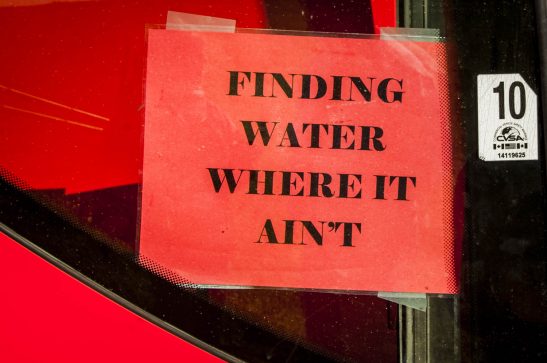
Climate change isn’t difficult to understand; and we have many tools. What we’re missing is the political movement, the environment movement, the laws and requirements that would make it important to put those technologies into use around the world.
NWNL Gary, thank you so much for all you are doing and for this interview.
GARY BRAASCH You are welcome.
Posted by NWNL on March 10, 2016; Revised by NWNL on March 19, 2016.
Transcription edited and condensed for clarity by Alison M. Jones, NWNL Director.
All images © Alison M. Jones. All rights reserved.
